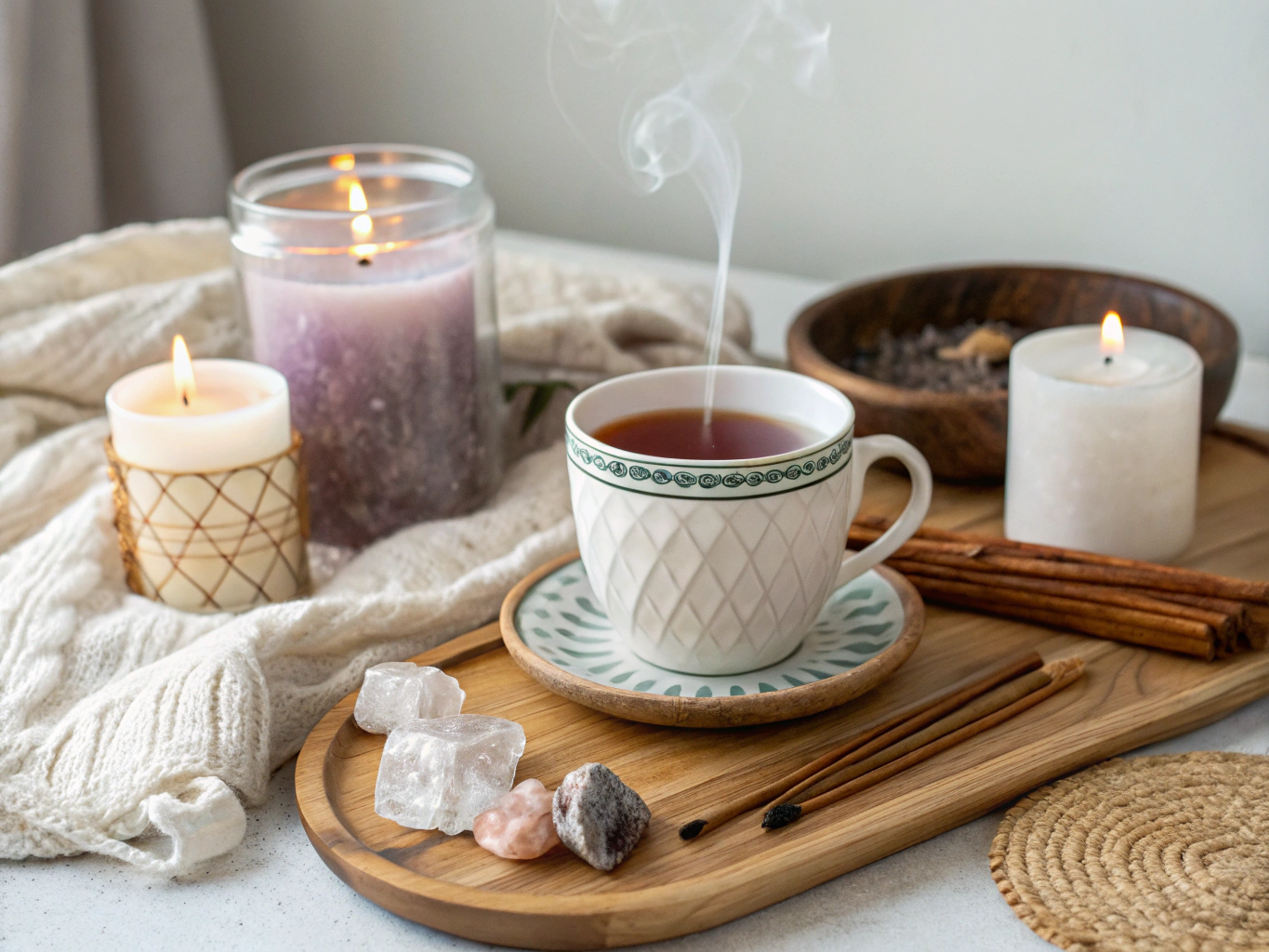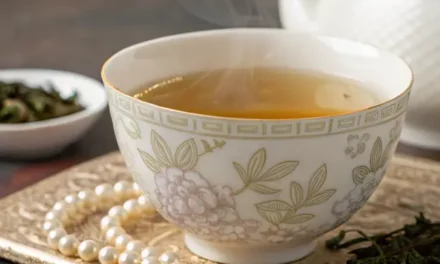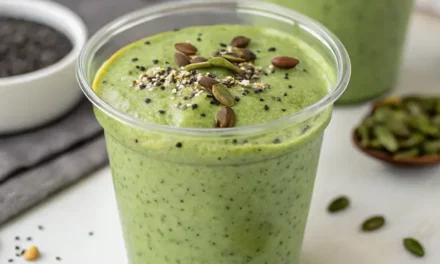Introduction: Brewing More Than Just a Beverage
Have you ever wondered how the humble cup of tea could be your gateway to achieving inner peace? In today’s fast-paced world, where stress often takes the driver’s seat, exploring the ancient practice of integrating tea and mindfulness can lead us to profound tranquility. Multiple studies have linked mindfulness and tea-drinking rituals to enhanced mental clarity. As we dive into this exploration, let’s discover how this pairing can transform our daily lives.
Ingredient List
To embark on this journey of tea meditation, gather these essentials:
- Tea Leaves: Choose between green, oolong, or chamomile, each offering a unique sensory experience.
- Fresh Water: Ideally filtered, to enhance the tea’s flavor profile.
- Mindfulness Guide: A short mantra or breathing technique.
- Optional Elements: Honey or lemon, for those who crave a touch of sweetness or zest.
Include substitutions: Experiment with herbal infusions for a caffeine-free version or use a meditative music playlist to enhance relaxation.

Time
Integrating tea with mindfulness requires minimal time but promises significant mental returns.
- Preparation Time: 5 minutes
- Total Experience Time: 15 minutes
This compact ritual takes approximately 20% less time than an average meditation session, making it perfect for busy lifestyles.
Step-by-Step Instructions
Step 1: Setting the Environment
Create a calming atmosphere by choosing a quiet space, dimming the lights, and ensuring minimal distractions. This is your personal sanctuary.
Step 2: Boiling the Water
Heat water to the required temperature for your chosen tea. For instance, green tea typically requires 175°F.
Step 3: Preparing the Tea
Place the tea leaves in a teapot or infuser, and pour the hot water over them. Allow it to steep for the recommended time (generally 2-5 minutes), which enhances flavor while you practice deep breathing.
Step 4: Engaging in Mindfulness
As the tea steeps, close your eyes and focus on your breath. Inhale deeply and exhale slowly, letting go of any tension or thoughts.
Step 5: Savor the Tea
Pour the tea into your favorite cup, and slowly sip, savoring each moment. Let the warmth wash over you as you immerse in the serenity of the experience.
Nutritional Information
While tea is primarily known for its negligible calorie content, it’s rich in antioxidants and provides a calming effect. Green tea, for example, contains catechins which aid in relaxation and mental clarity. According to USDA data, a cup of brewed green tea provides less than 2 calories but is potent in L-theanine, an amino acid that promotes relaxation.
Common Mistakes to Avoid
- Over-steeping: This can lead to a bitter taste. To avoid this, adhere to steeping guidelines.
- Ignoring Environment: A chaotic setting can disrupt the mindfulness process. Ensure your space is conducive to relaxation, which enhances the mindfulness experience.
- Rapid Consumption: Drinking tea too quickly detracts from the meditative intent. Savor slowly to experience full benefits.
Recipe Storage Tips
For maintaining freshness, store tea leaves in an airtight container, away from light and moisture. This preserves their aromatic qualities, crucial for ensuring a rich mindful tea experience each time.
Conclusion
Combining tea and mindfulness offers profound relaxation and greater awareness. It’s a simple yet powerful way to ground yourself amid daily chaos. We invite you to integrate this practice into your routine, share your journey, or explore our related articles for more insights.
FAQ
What type of tea is best for mindfulness?
Green tea is often recommended due to its balance between caffeine and calming L-theanine. However, any tea that you personally enjoy can be used.
How often should I practice tea meditation?
It’s ideal to incorporate it daily, but the frequency can be adjusted based on personal preference and time availability.
Can I add milk to my tea?
While adding milk can alter the sensory experience, it’s more important to choose what makes the practice fulfilling for you.
Is it a substitute for traditional meditation?
While it complements traditional practices, it’s not a substitute. Tea meditation can serve as an introduction to more extensive mindfulness practices.
For more insights, techniques, and benefits, See More.






